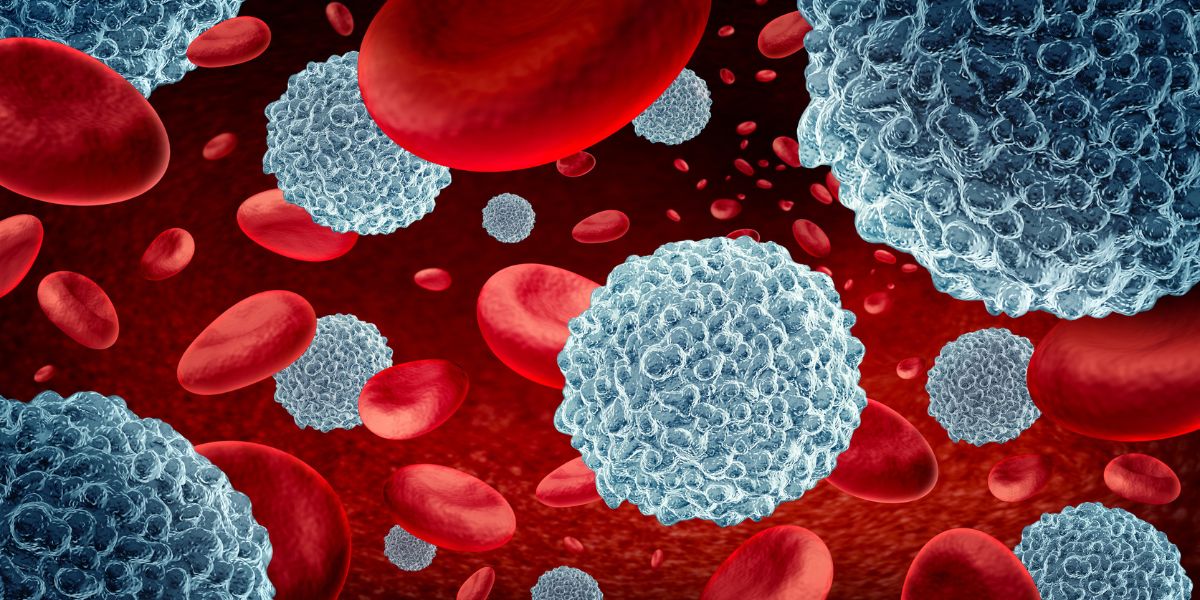Glycogen is a stored form of glucose. It is a large multi-branched polymer of glucose which is accumulated in response to insulin and broken down into glucose in response to glucagon
Glycogen is mainly stored in the liver and the muscles and provides the body with a readily available source of energy if blood glucose levels decrease.
The role of glycogen
Energy can be stored by the body in different forms.
One form of stored energy is fat and glycogen is another. Fatty acids are more energy rich but glucose is the preferred energy source for the brain and glucose also can provide energy for cells in the absence of oxygen, for instance during anaerobic exercise.
Glycogen is therefore useful for providing a readily available source of glucose for the body.
Glycogen storage in diabetes
In a healthy body, the pancreas will respond to higher levels of blood glucose , such as in response to eating, by releasing insulin which will lower blood glucose levels by prompting the liver and muscles to take up glucose from the blood and store it as glycogen.
People with diabetes either do not make enough of their own insulin and/or their insulin does not work effectively enough.
As a result, the pancreas may not be able to respond effectively enough to rises in blood glucose.
Glycogen release
Glycogen may be released by the liver for a number of reasons, including:
- In response to stressful situations
- Upon waking (this process is known as the dawn phenomenon )
- In response to low blood sugar
- To aid digestion
In these situations, when the body feels extra glucose is needed in the blood, the pancreas will release the hormone glucagon which triggers the conversion of glycogen into glucose for release into the bloodstream.
Glycogen and exercise
Glycogen plays an important role in keeping our muscles fuelled for exercise. When we exercise, our muscles will take advantage of their stored glycogen. Glucose in our blood and glycogen stored in the liver can also be used to keep our muscles fuelled.
Once we complete our exercise session, our muscles will replenish their glycogen stores. The time it takes to fully replenish glycogen stores can depend on how hard and how long we exercise and can vary from a few hours to several days.
Exercise can therefore be a useful way to reduce blood glucose levels and can be particularly useful in people with type 2 diabetes Following exercise, the muscles will try to replenish their stores of glycogen and will therefore take in available glucose from the blood to do so, helping to lower blood glucose over this period.
- Read more on exercise and blood sugar levels




